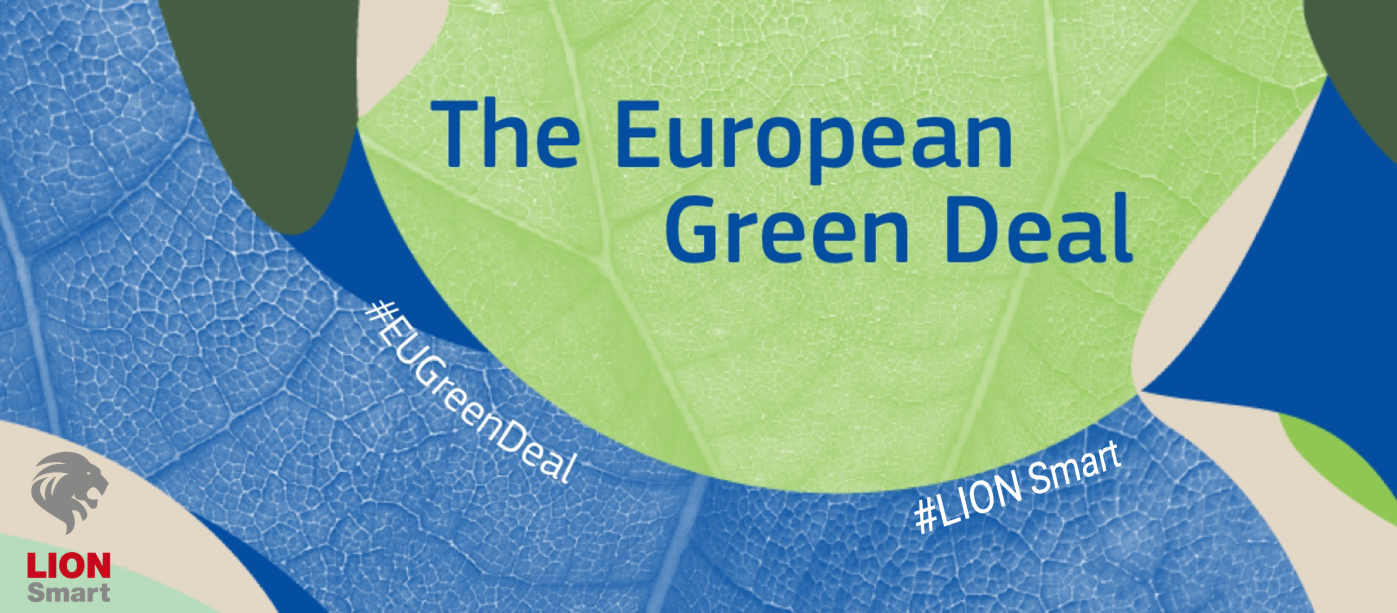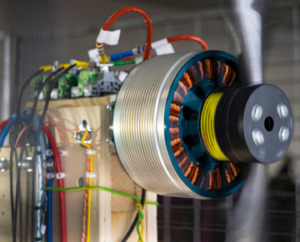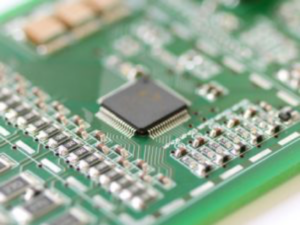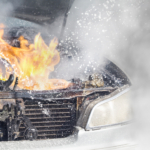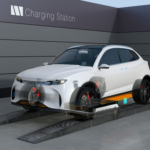What about the Green Deal?
Climate change and environmental deterioration are a threat to Europe and the world’s existence. To address these issues, the European Green Deal will turn the EU into a modern, resource-efficient, and competitive economy by 2050, ensuring the following topics:
✓ No net greenhouse gas emissions
✓ Decoupled economic development from resource use
✓ No one or place is left behind
The Green Deal stands for an action plan on how to shift to a clean and circular economy in order to boost use of sustainable resources and maintain natural biodiversity and decrease pollution.
First unveiled on December 11, 2019 by President Ursula von der Leyen, the Green Deal is an action plan on how to move to a clean and sustainable economy by increasing the use of sustainable resources, preserving natural biodiversity and reducing pollution.
The deal states that the EU should have a fleet of around 13 million electric vehicles by 2025. An action plan for a carbon-neutral circular economy with sustainable batteries was additionally presented in December 2020. This aims to make batteries more sustainable throughout their lifecycle to help achieve the goals of the Green Deal. For example, the deal calls for the production of batteries themselves to be non-polluting, as well as for their guaranteed safety and recyclability.
Obligatory requirements for all batteries (i.e. industrial, starter, traction and portable batteries) are to ensure the sustainable competitiveness of Europe’s battery industry worldwide with a limited share of pollutants for a small CO2 footprint. Extensive investments will help increase product capacities.
From July 1, 2024, only rechargeable industrial and traction batteries for which a carbon footprint statement has been prepared may be placed on the market.
To significantly improve the collection and recycling of portable batteries, the current collection rate of 45% should increase to 65% in 2025 and 70% in 2030, so that the materials for batteries we use at home are not lost to the economy.
What is LION Smart doing in order to contribute to the Green Deal’s goals?
LION Smart also makes an important and fundamental contribution to the clean environment with its products and services through its diligent work. In addition, LION Smart actively participates in research projects carried out on behalf of the European Commission, one example being the LiBAT project under Clean Sky 2, which was successfully finalized. LiBAT, a project initiated under the Clean Sky 2 program, focused on the research and development of a lightweight, compact and high-voltage lithium-ion battery for avionics applications.
In collaboration with the LiBAT consortium partners, LION Smart successfully developed a new HV battery system capable of powering a glider. Our role in this project included system design, prototyping and testing of the battery pack. When developing battery systems for electric aviation, size, weight, and thermal management are serious obstacles in the design process. The LiBAT demonstrator designed by LION Smart, with innovative battery systems connected to an electric motor and propeller, solved these problems through an exceptional level of integration and combination of advanced technologies.
(Source: LiBAT Clean Sky 2 project – (lionsmart.com))
Another example is the EVERLASTING project, funded by the Horizon 2020 Fund, where LION Smart is a member of the consortium and participates in the standardization of a more productive and efficient BMS architecture.
(Source: BMS Standardization – Everlasting Project (everlasting-project.eu))
Status quo of implementation
In December 2020, the Bundestag passed a comprehensive revision of the Renewable Energy Sources Act (“EEG 2021) with the central goal of increasing the share of electricity generated from renewable sources in gross electricity consumption to 65% by 2030. In addition, the Investment Acceleration Act of November 5, 2020 introduced procedural simplifications for the realization of onshore wind farms. At the same time, the amendment to the Law on the Development and Promotion of Wind Energy (“WindSeeG”) was drafted and aims to increase installed capacity to 40 GW by 2040.
Authors:
Anna Kilischekow
Arne Siegner

